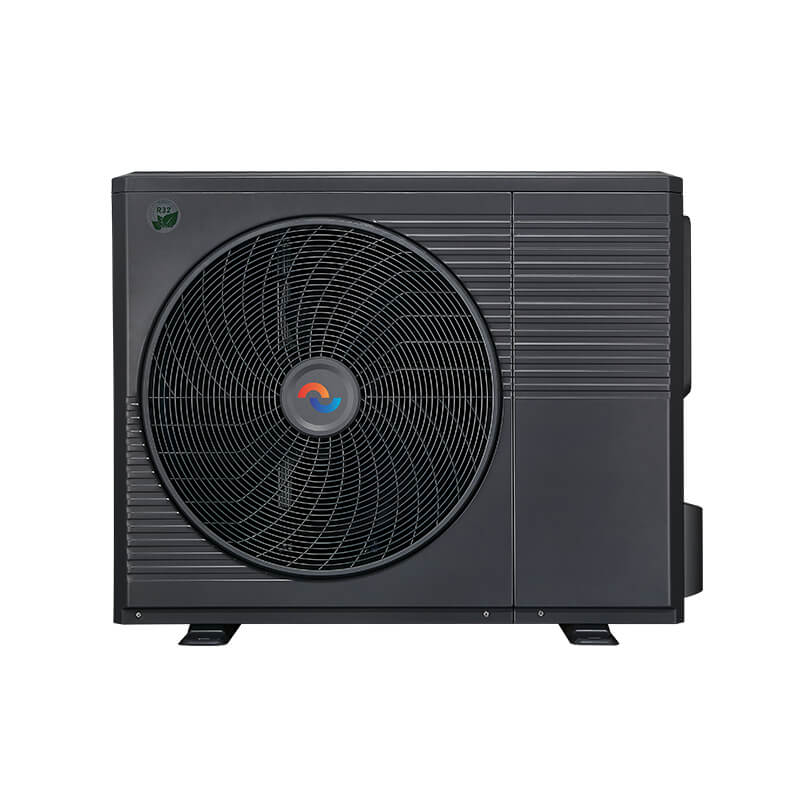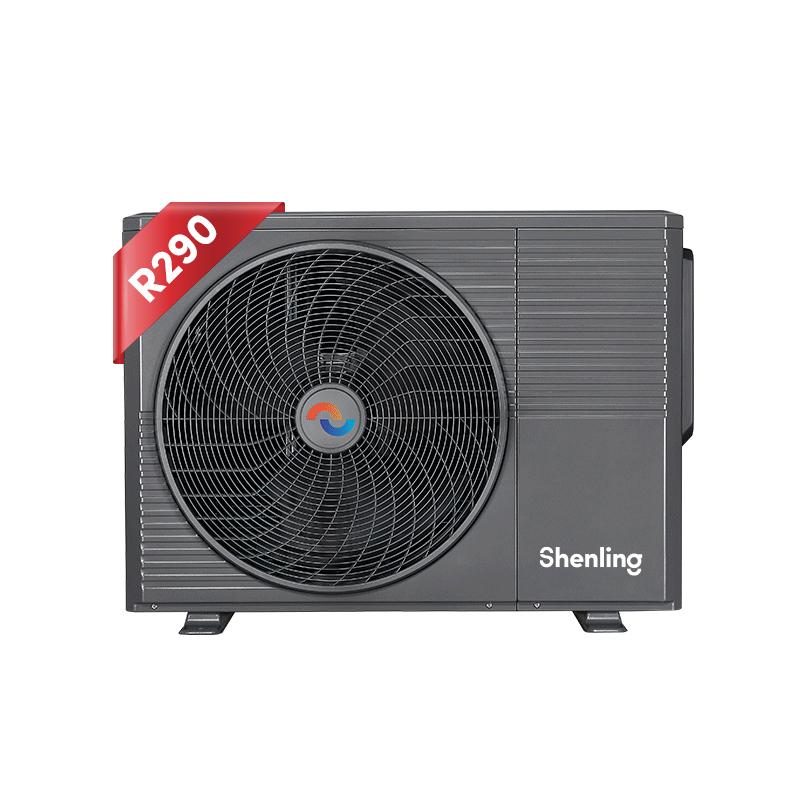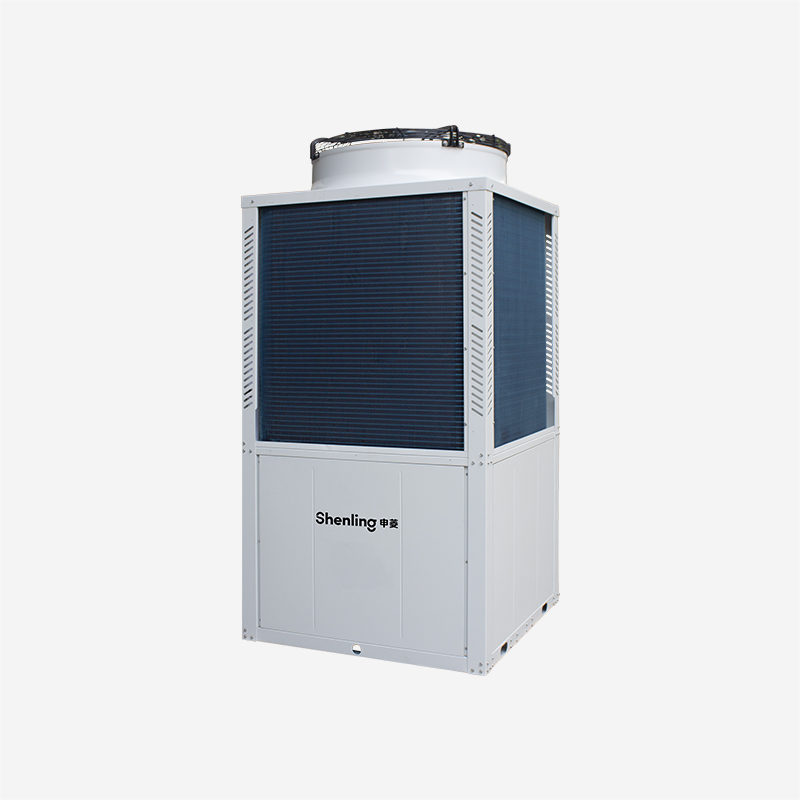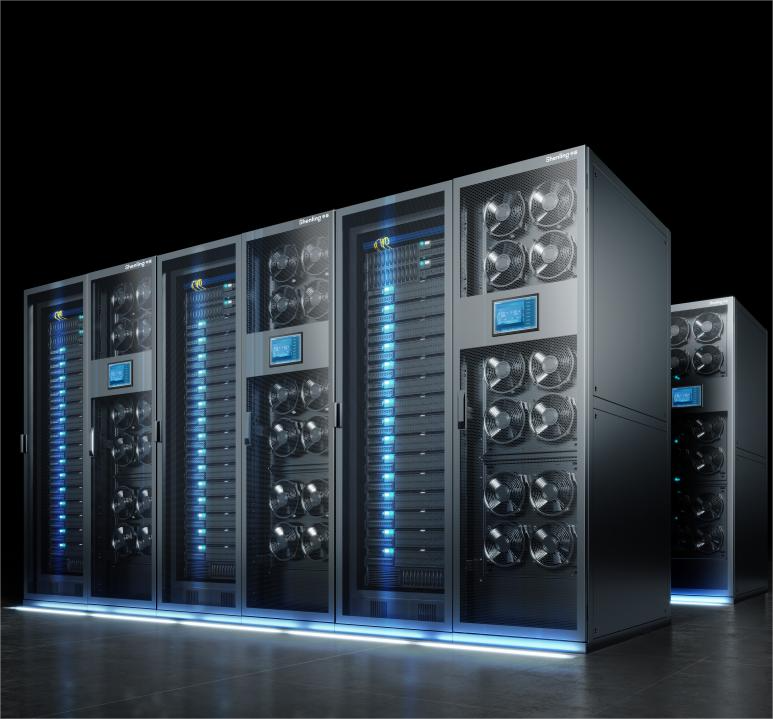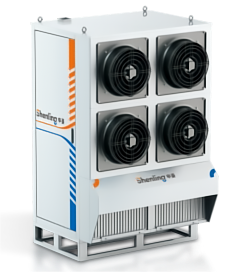Air Handling Unit
An Air Handling Unit (AHU) is used to re-condition and circulate air as part of a heating, ventilating and air-conditioning system. The basic function of the AHU is to take in outside air, re-condition it and supply it as fresh air to a building. All exhaust air is removed, which creates an acceptable indoor air quality. Depending on the required temperature of the re-conditioned air, the fresh air is either heated by a recovery unit or heating coil or cooled by a cooling coil.
In buildings where the hygienic requirements for air quality are lower, some of the air from the rooms can be re-circulated via a mixing chamber and this can result in significant energy savings. A mixing chamber has dampers for controlling the ratio between the return, outside and exhaust air.
AHUs connect to ductwork that distributes the conditioned air through the building and returns it to the AHU. A heat/cooling recovery exchanger is normally fitted to the AHU for energy savings and increasing capacity. An AHU designed for outdoor use, typically on roofs, is also known as a rooftop unit (RTU).
The AHU is a large metal box containing separate ventilators for supply and exhaust, heating coil, cooling coil, heating/cooling recovery system, air filter racks or chambers, sound attenuators, mixing chamber, and dampers.
Grundfos supplies circulator pumps and end-suction single-stage pumps, which are included in air handling unit parts for the distributed pumping system.
What does an AHU consist of?
- Air intake: air handling units collect air from outside, which is treated and distributed throughout the rooms; and/or indoor air that is “recycled”.
- Filter: depending on the air purity requirements, the filter applied will have a higher or lower particle, viruses, bacteria, odours, and other air pollutants retention.
- Fan: this is an electromechanical system that powers the air to expel it from the AHU to the ducts that distribute the air throughout the rooms.
- Heat exchangers: devices that transfer temperature between two fluids, in this case, coolant and air, separated by a solid barrier.
- Cooling coil: the air passing through this module is cooled. In this process, water droplets can be generated, which are collected in a condensate tray thanks to the built-in droplet separator.
- Silencer: coatings that considerably reduce the sound level of the installation.
- Plenums: empty spaces in which the air flow is homogenised.

Related Product
-
Commercial Air Handler Unit (AHU)
